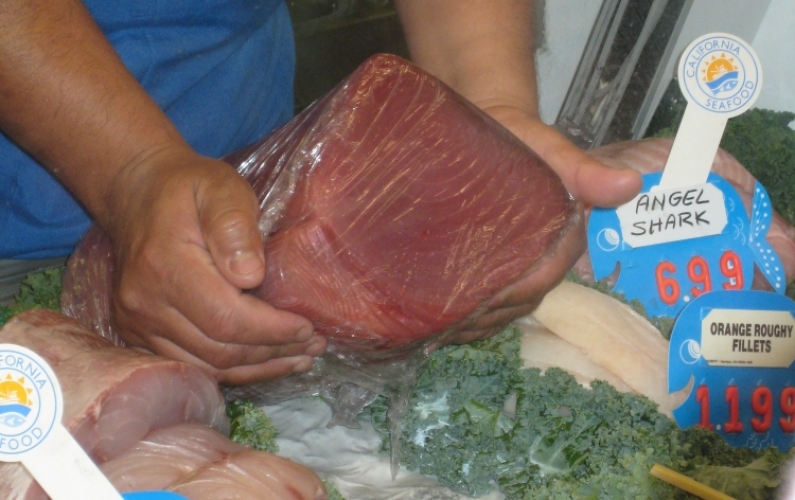
Promoting Your Product
Word-of-mouth is a highly effective and inexpensive way to promote a business and associated products, but it's limited in how far and the number of people it can reach. Thus, to increase the success of their efforts, fishermen combine word-of-mouth with the use of one or more of the following in their promotional campaigns:
- Traditional Promotional Methods. Promotional events and the distribution of printed written materials and free merchandise by hand or through the media to inform the public about a business and its' products.
- Web Presence. Written information provided online that customers use to learn about and connect with a business.
- Social Media Networking. Online communications that maintain connections and build relationships between customers and businesses.
- Branding. Use of particular words and images to enhance the identify and recognition of a product and/or business.
Promotional Information
These types of promotional activities typically provide some (or all) of the following information:
- Product(s) (species, form)
- Product availability & price
- Sales & delivery/pick up locations
- Contact information
- Email sign-up
- Your website link
- Recipes
- Fishing vessel, gear, and operations
- History of business
- Pictures and videos of the operation, people involved
Tips
Here are a few tips from fishermen and others:
- At a minimum, develop a web presence for your business. The internet serves as a modern-day phonebook that helps customers find you.
- Combine promotional methods. Consider using traditional promotional materials to guide customers to your web page/site.
- Use promotional methods that will reach your potential customers. Consider the characteristics (cultural, social and economic) of your target customers, including the ways they prefer to receive information and messages that might appeal to them most. The best marketing message won’t be successful if it doesn’t reach its intended audience.
- Offer something compelling to get customers to buy your product (e.g., samples, handling and cooking tips, recipes).